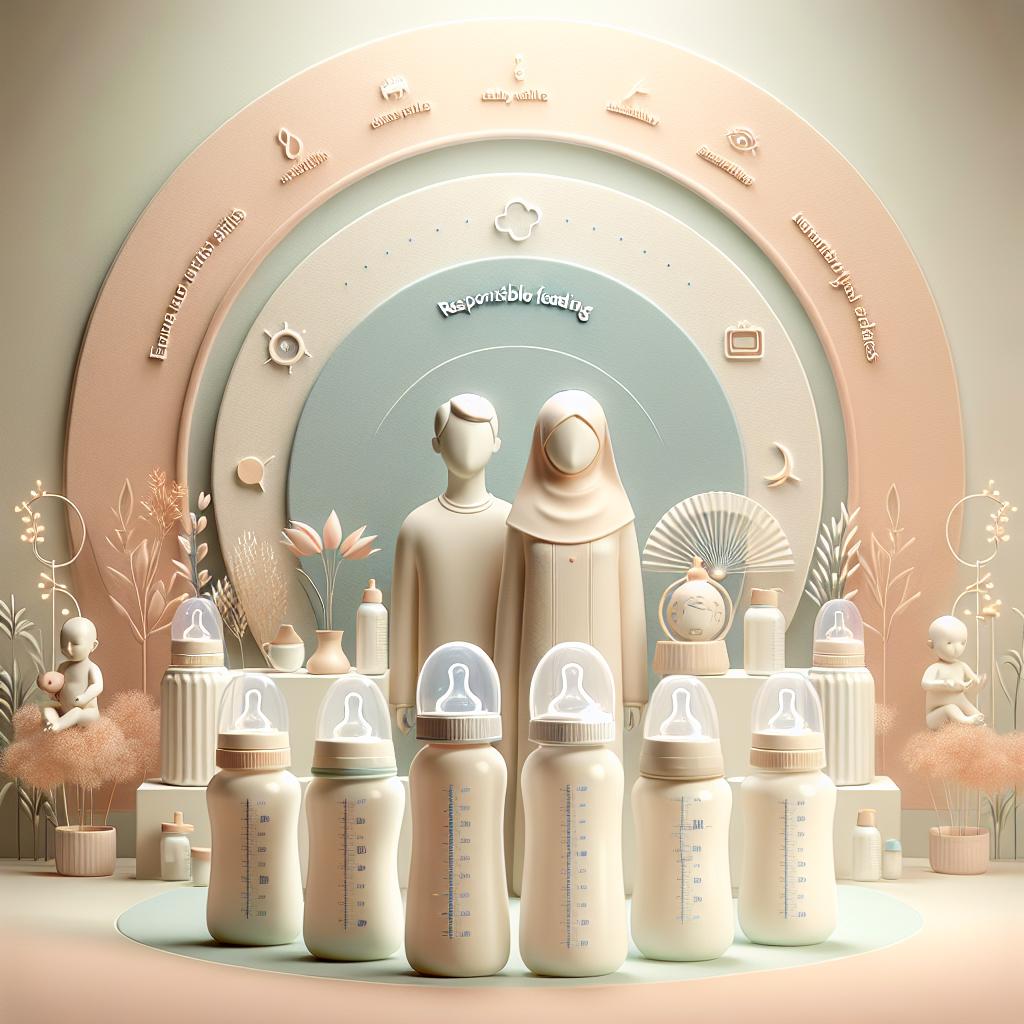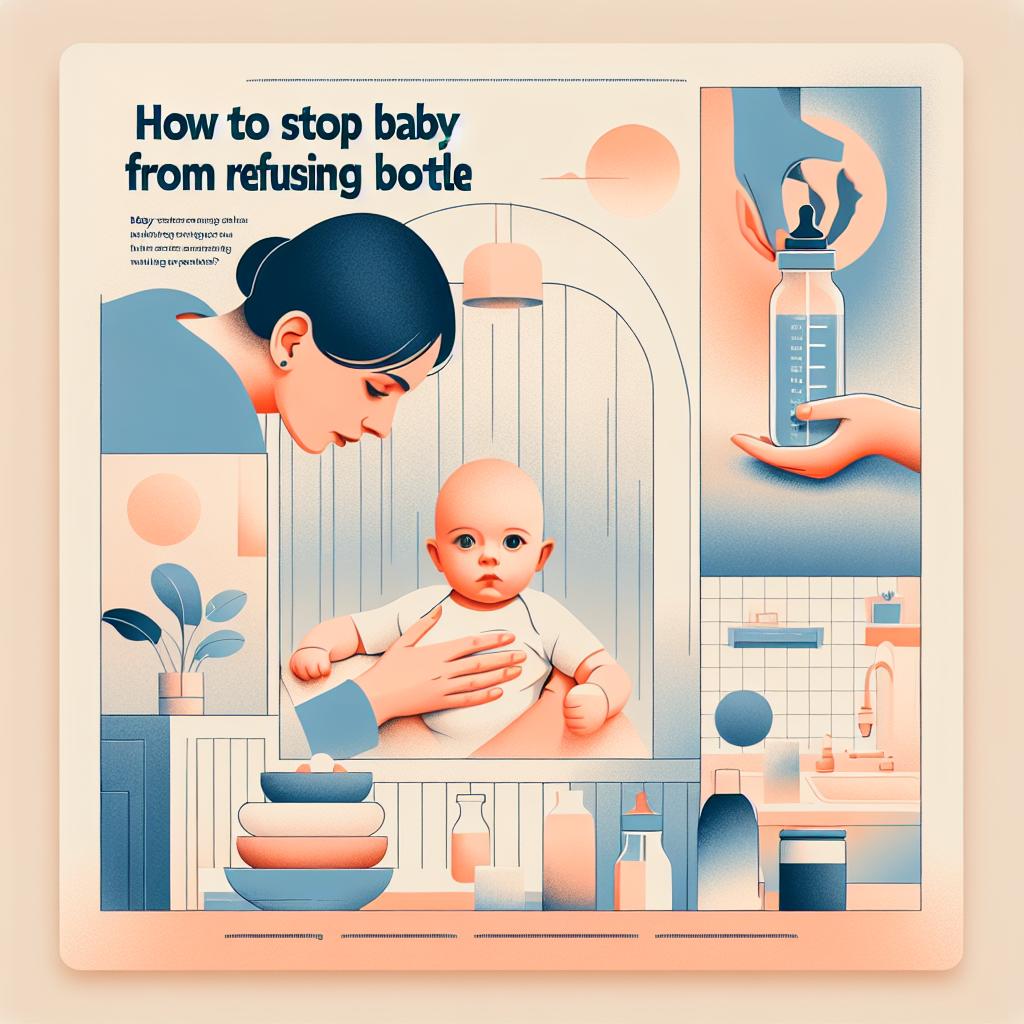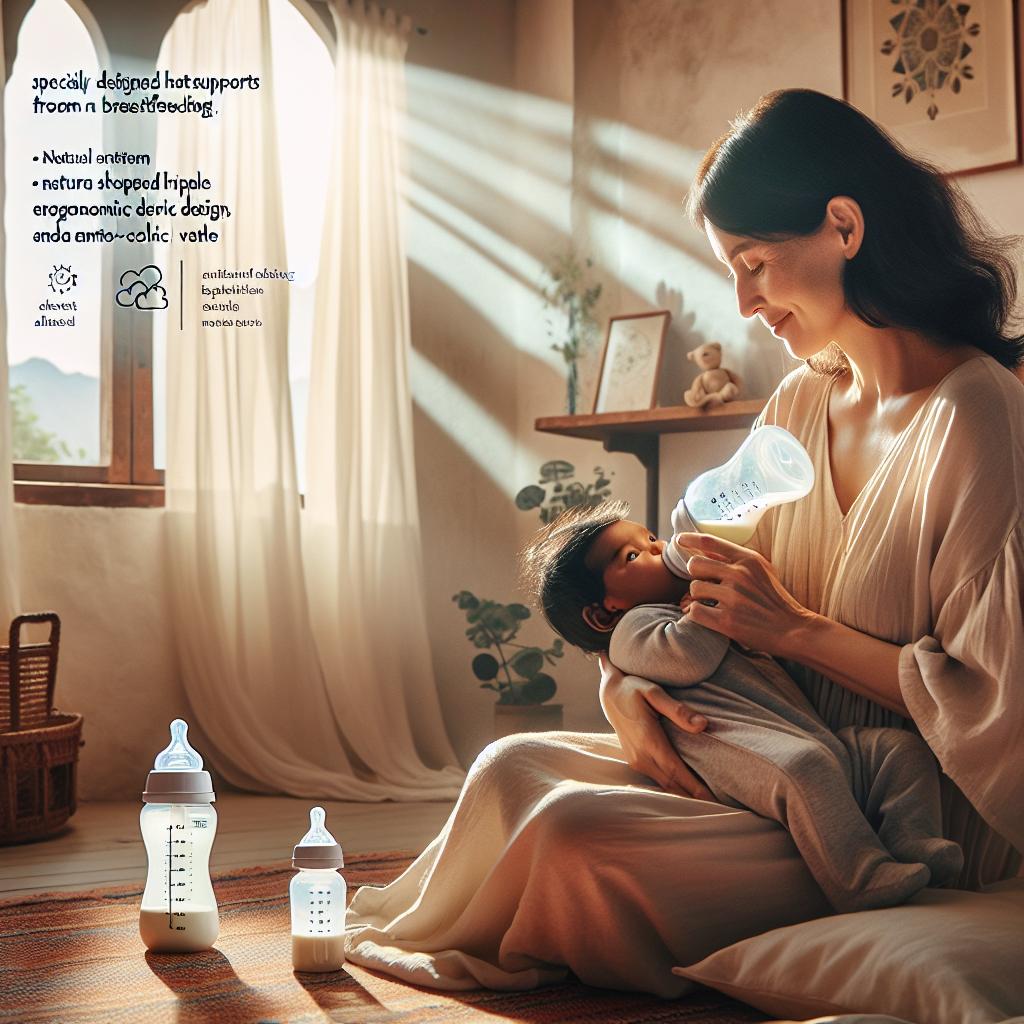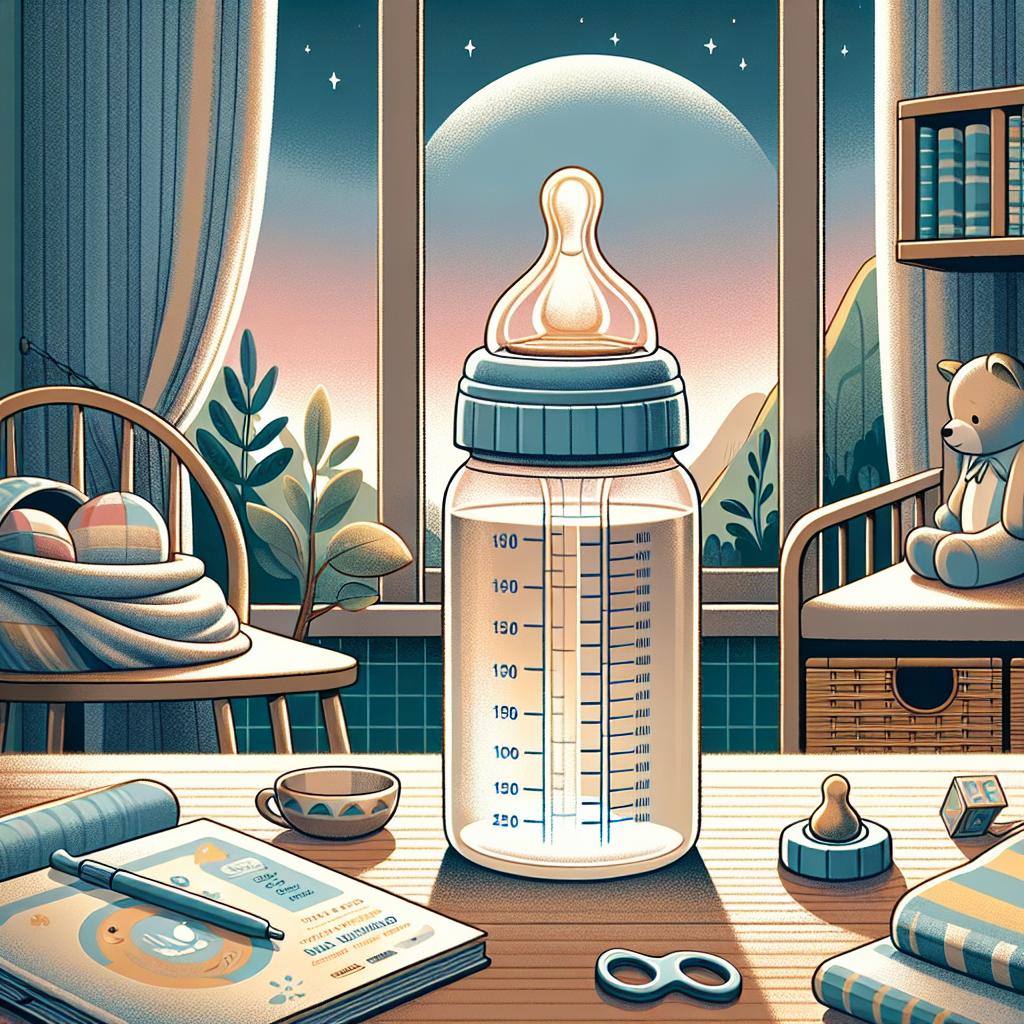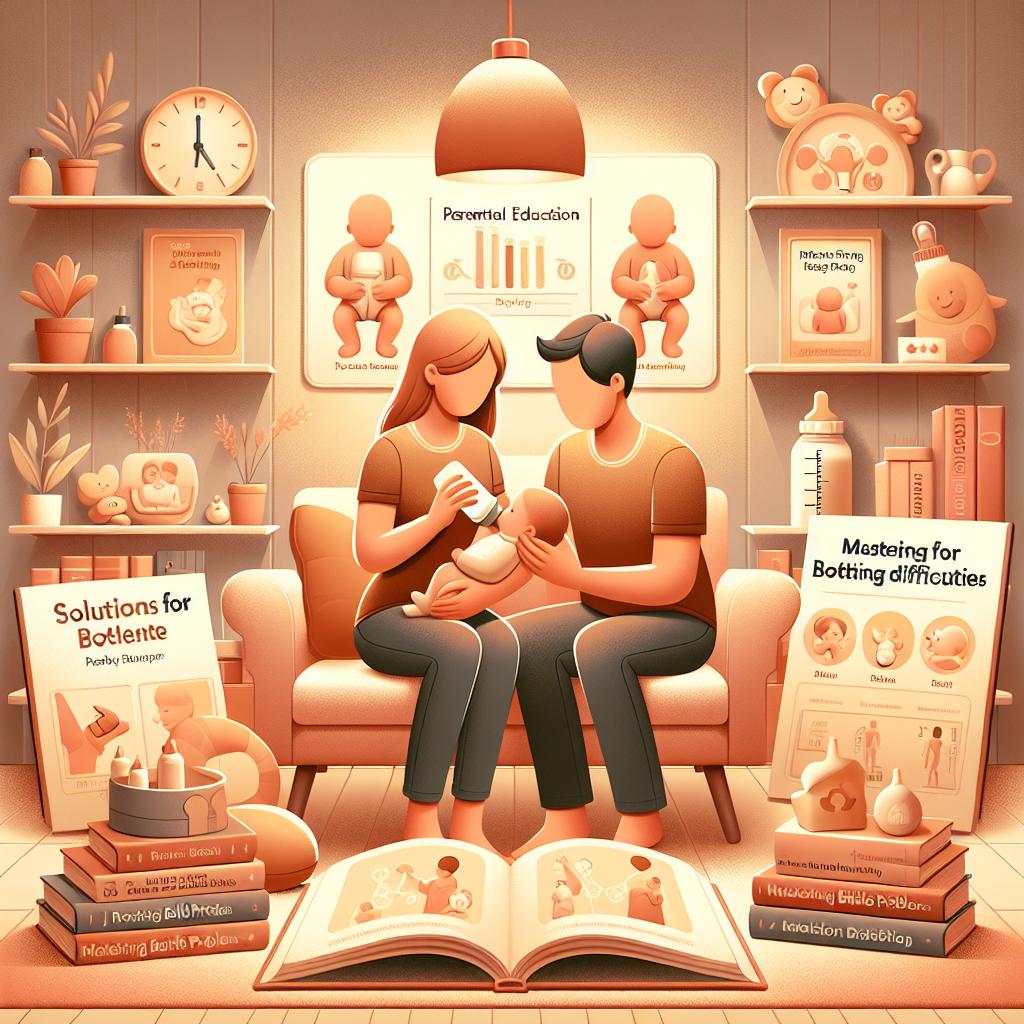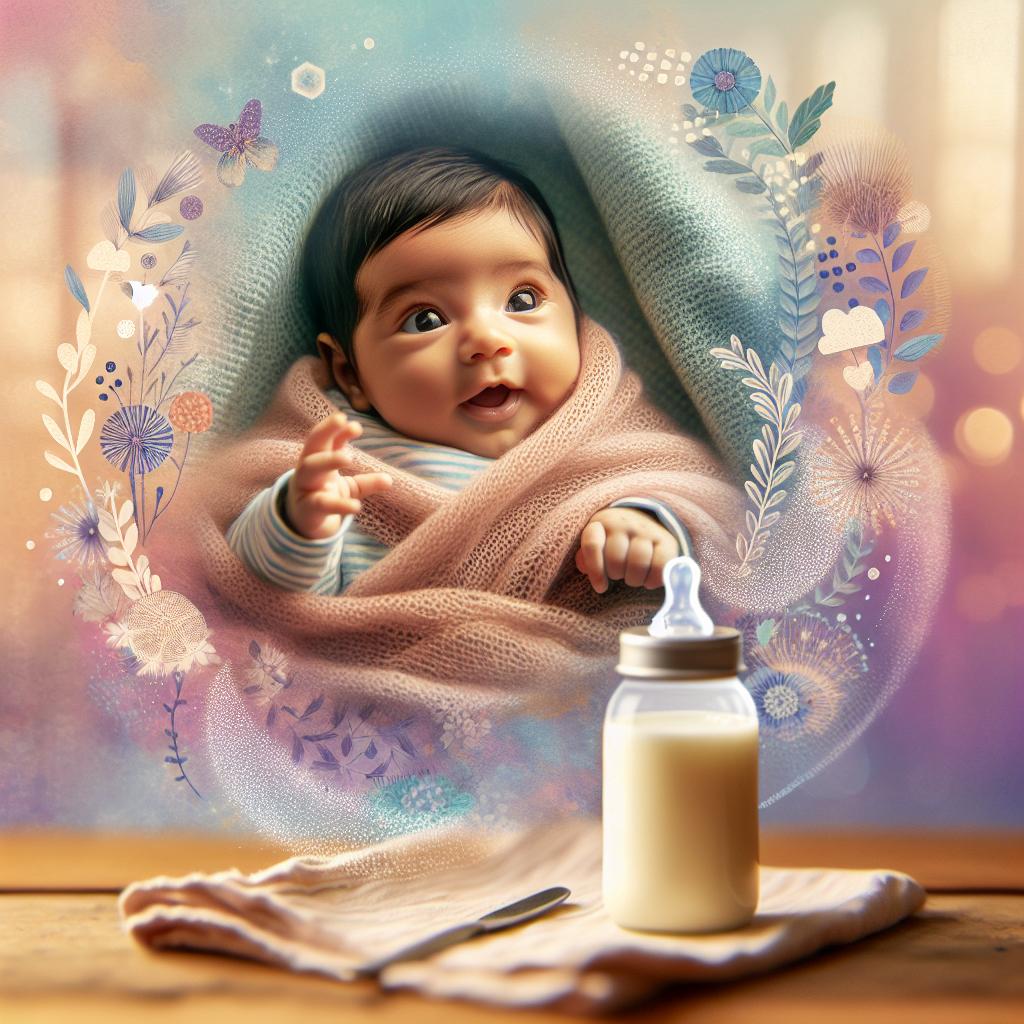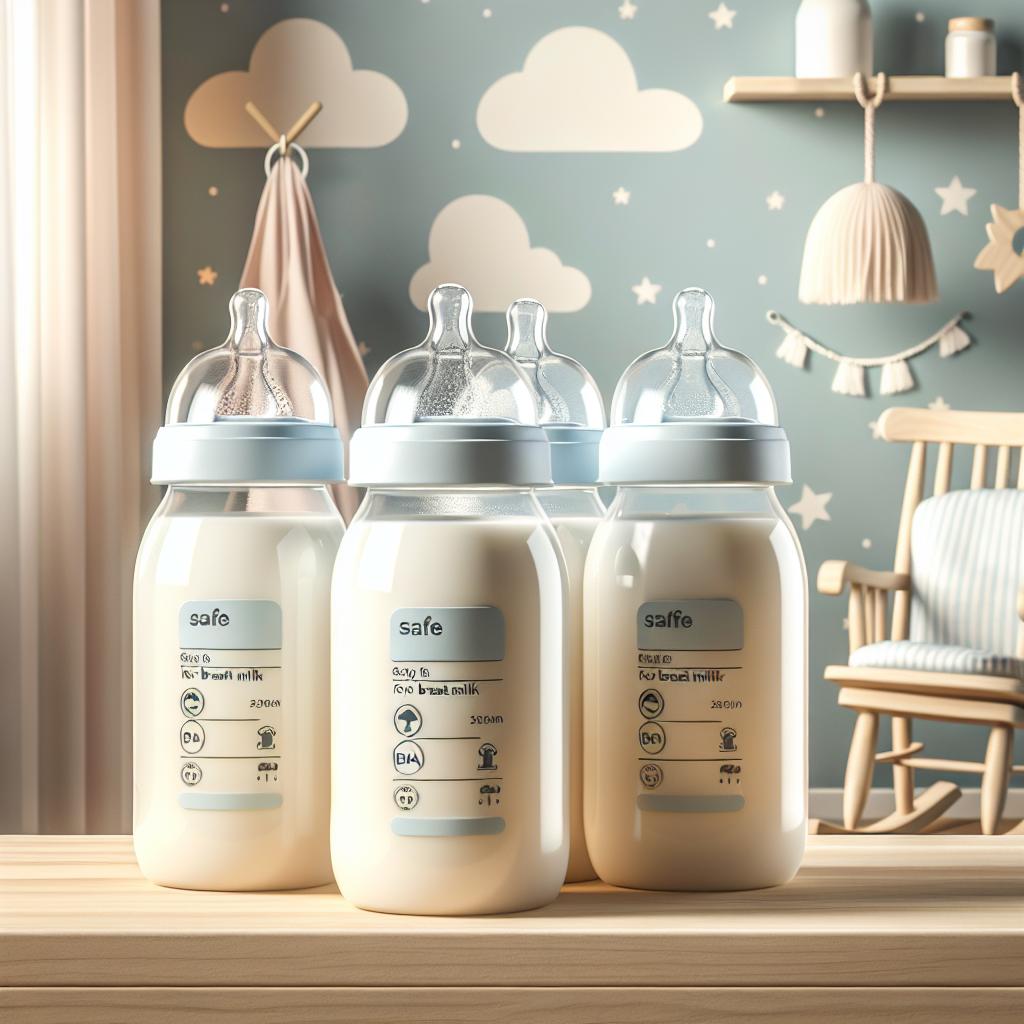Understanding the Importance of Baby Safety Bottles
When it comes to nurturing your child, providing high-quality nutrition is only half the battle. Equally significant is the way you deliver that nutrition. This is where baby safety bottles come into play. Choosing the right bottle can make a big difference in your baby’s comfort, health, and overall well-being.
Careful consideration is necessary when selecting a bottle for your baby. It’s not just about convenience. It’s about your baby’s health and safety. The right bottle option can help you uphold responsible feeding practices while promoting your baby’s growth and development.
What Makes a Bottle Safe?
The best baby bottles are designed to mimic the natural breastfeeding experience as closely as possible. They aim to adhere to the principles of biomimetics, which involves mimicking natural processes and systems. This helps to ensure that your baby is receiving a feeding experience that feels natural, reducing the likelihood of feeding difficulties.
Aside from the biomimetic design, safety bottles should also be made from safe, non-toxic materials. They should be easy to clean and sterilize to avoid the growth of bacteria and other harmful pathogens.
Want to know more about biomimetics in baby bottles? Visit this page to learn more about why many parents are choosing biomimetic bottles for their children.
Considerations in Choosing the Best Baby Bottles
Choosing the best baby bottles often comes down to the following factors:
- Material: Glass or plastic? While glass bottles are eco-friendly and chemical-free, they are heavier and more prone to breakage. High-quality, BPA-free plastic bottles offer a lighter, more durable alternative.
- Design: Look out for bottles that facilitate a good latch, mimic the natural flow of breast milk and minimize air intake. This can help reduce colic and gas in your baby.
- Cleaning: Bottles should be dishwasher-safe and easy to hand-wash. Moreover, sterilizing your baby’s bottles is crucial to ensure safety, as suggested by ChiccoUSA.
- Nipple type: Silicon or latex? Each has its advantages and drawbacks. Silicon nipples are sturdier, but latex nipples are softer and more flexible.
For more in-depth information about choosing the right baby bottle, you can check out the recommendations from a pediatric dentist here.
Responsible Feeding with Baby Safety Bottles
Using baby safety bottles requires responsible feeding habits to ensure your baby’s health. Here are some quick responsible feeding tips for parents:
- Sterilize regularly: As mentioned earlier, sterilizing your baby’s bottles is vital. Always sterilize new bottles before use and regularly after that.
- Proper cleaning: Besides sterilizing, proper cleaning is essential in maintaining bottle safety. Check out Dawn Dish’s guide on how to handwash baby bottles effectively. For an optimal dishwashing solution, you might also want to consider Healthy Child’s suggestions for the best dishwasher detergent for baby bottles.
- Monitor bottle use: Replace bottles and nipples regularly to ensure safety and hygiene.
Keep these tips in mind while you bottle-feed your baby, and rest assured knowing you’re providing a safe feeding experience. For more tips about bottle feeding, visit our guide here.
The importance of storing milk safely in baby bottle
Once the bottles and nipples are clean and safe, parents need to understand the importance of storing milk safely. Breast milk, formula milk, and cow’s milk all require specific storage parameters to maintain their nutritional content and safety for your baby. Like the best baby bottles, the most recommended milk storage methods are designed to keep milk as fresh as possible for the longest period.
For instance, freshly pumped breast milk can be stored at room temperature for more than six hours, while it can last up to five days in the refrigerator. Freezing breast milk can extend its lifespan to six months. However, it’s crucial to note that these are optimal maximums. Using the milk as soon as possible is usually better, because freezing and refrigeration may not destroy all bacteria. For suitable storage guidelines for breast milk, visit this link.
Understanding the nutrition and safety of bottle feeding
Providing your baby with their nutrition solely through bottle feeding involves other considerations. For some babies, this process might cause safety issues or discomfort. Things like choosing appropriate paced feeding, burping the infant regularly, and keeping them upright for at least 30 minutes after feeding are all crucial for your child’s safety.
Be careful not to heat the milk directly on the stove or use a microwave, as these methods can produce hot spots that may burn your baby’s mouth. To read about more safety practices for bottle feeding, you can check out this link.
The role of the best baby bottle sterilizer in ensuring health and safety
Part of maintaining bottle safety is using a reliable baby bottle sterilizer. Sterilizing baby bottles regularly is essential to keeping your baby healthy, especially for newborns up to 12 months, as their immune system is not fully matured. A sterilizer can kill 99.9% of harmful germs and bacteria found in milk that can cause diseases.
A baby bottle sterilizer comes in different forms. Some work with steam, while others use ultraviolet light. No matter what type you choose, it is important to ensure that the sterilizer is clinically proven and tested.Here is a guide on how to choose the best baby bottle sterilizer.
Selecting the best baby bottle as per expert recommendations
Choosing the best baby bottles according to expert recommendations can also help ensure safety and convenience. Pediatricians, dentists, and lactation consultants offer valuable insight into choosing a suitable bottle for your baby. The best baby bottles as per expert reviews often have key features such as being spill-proof, easy to clean and sterilize, and designed with an anti-colic valve.
Remember, though, that every baby is unique, and what works best for one may not be suitable for another. Ultimately, the best baby bottle is the one that your baby prefers and that complies with safety standards.
Knowledge is power, and when it comes to your child’s health and safety, there’s no such thing as having too much information. Adopting safety measures and doing thorough research about the best baby bottles can reassure you that you’re giving your baby the best start to life.
